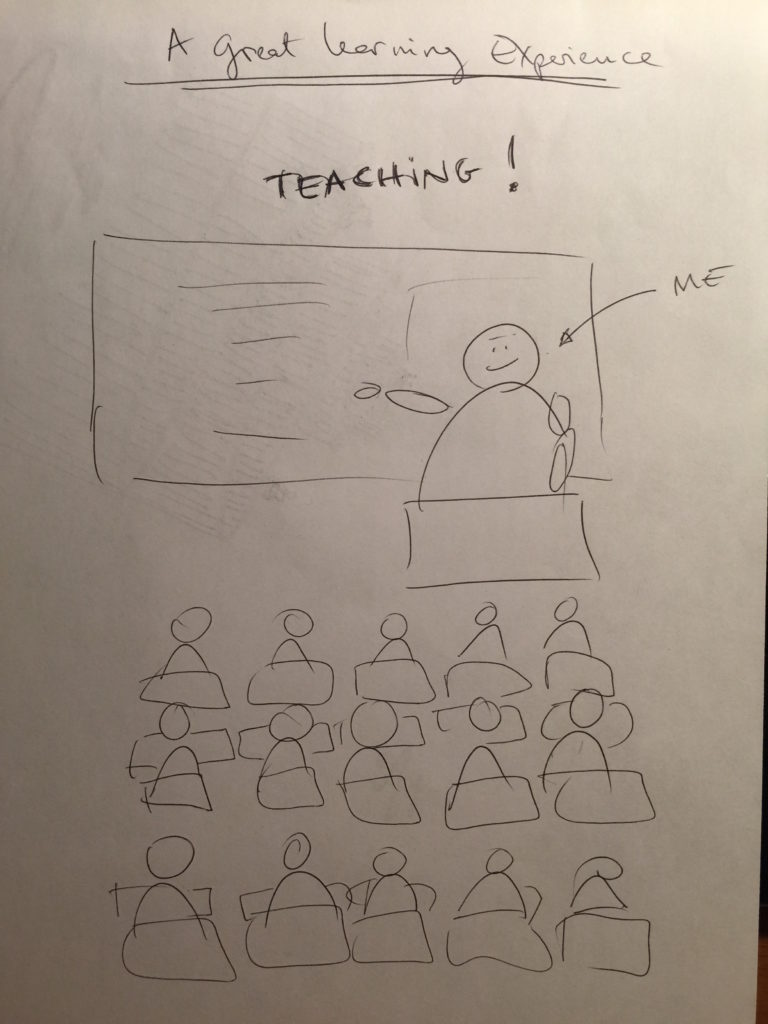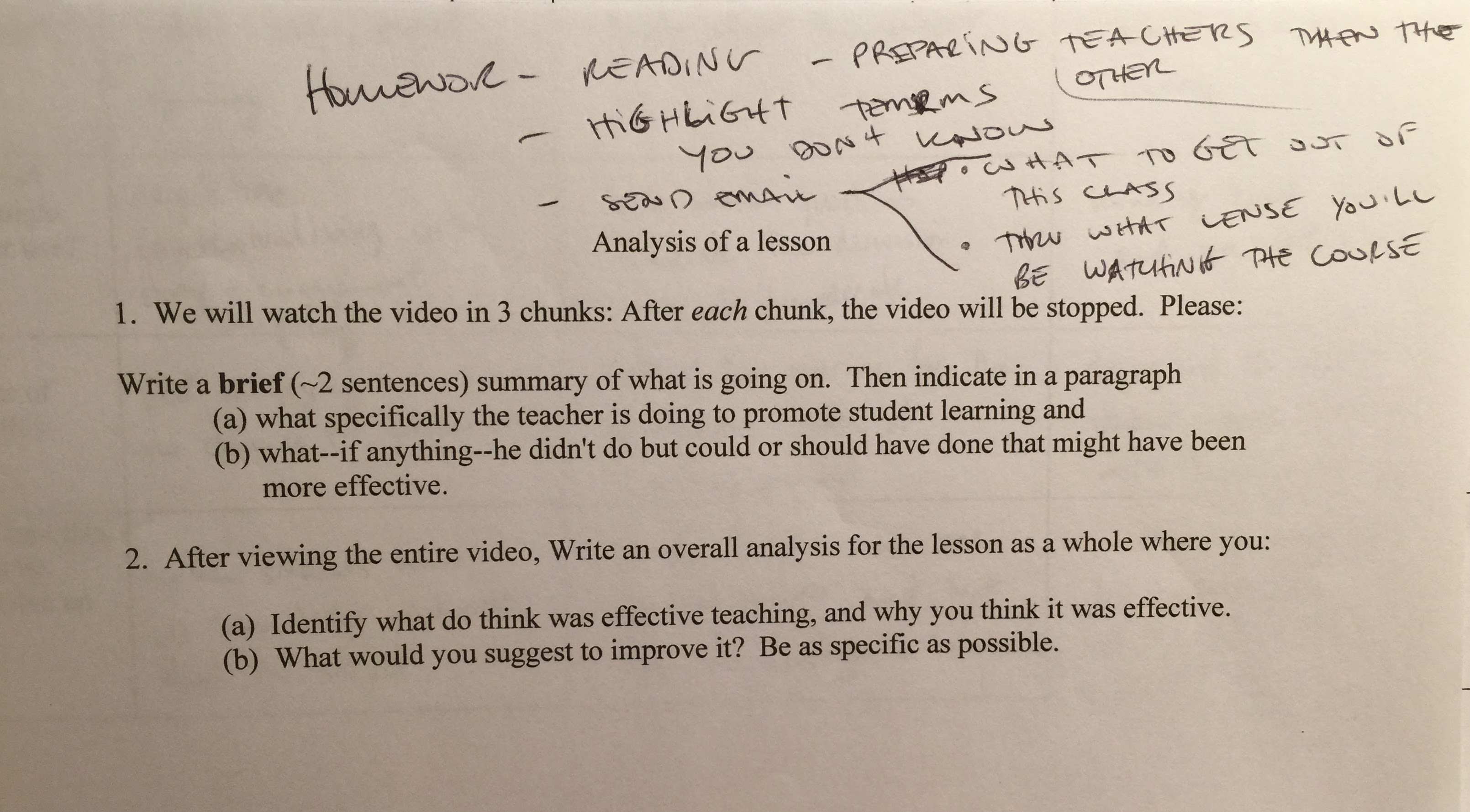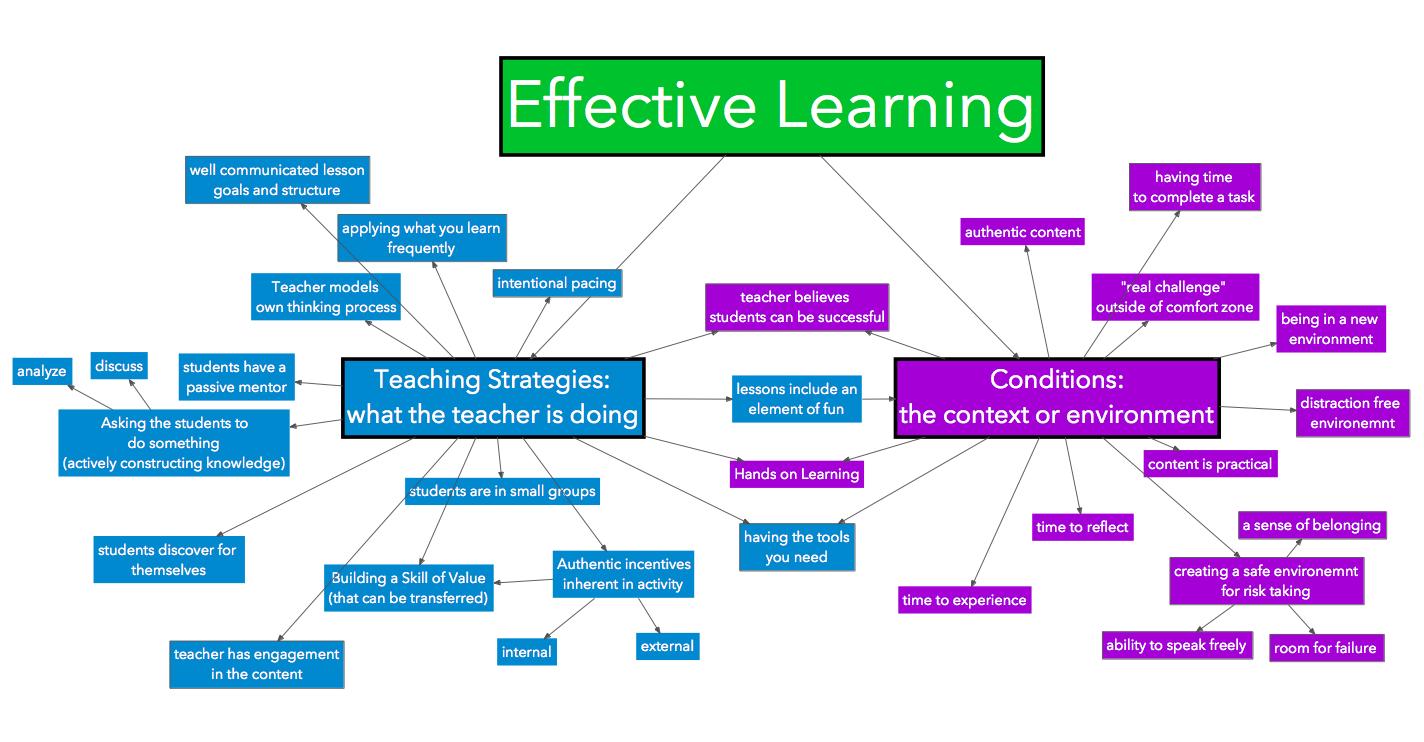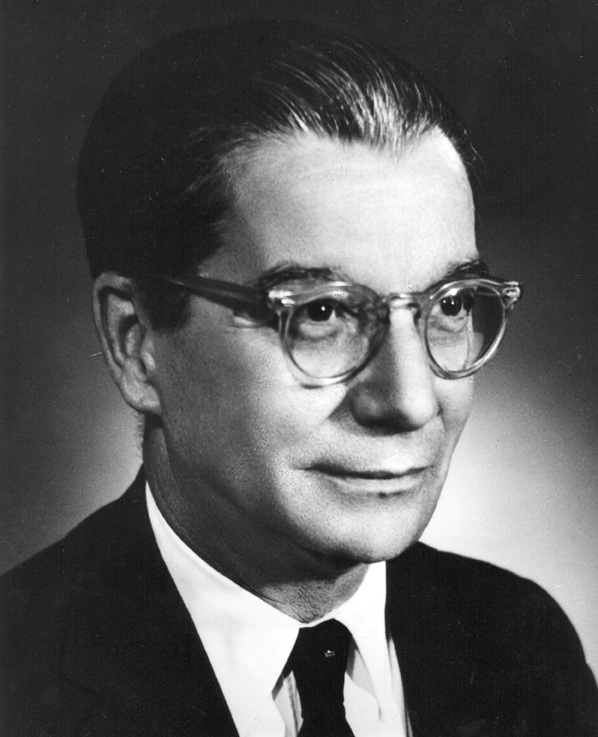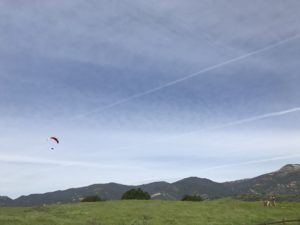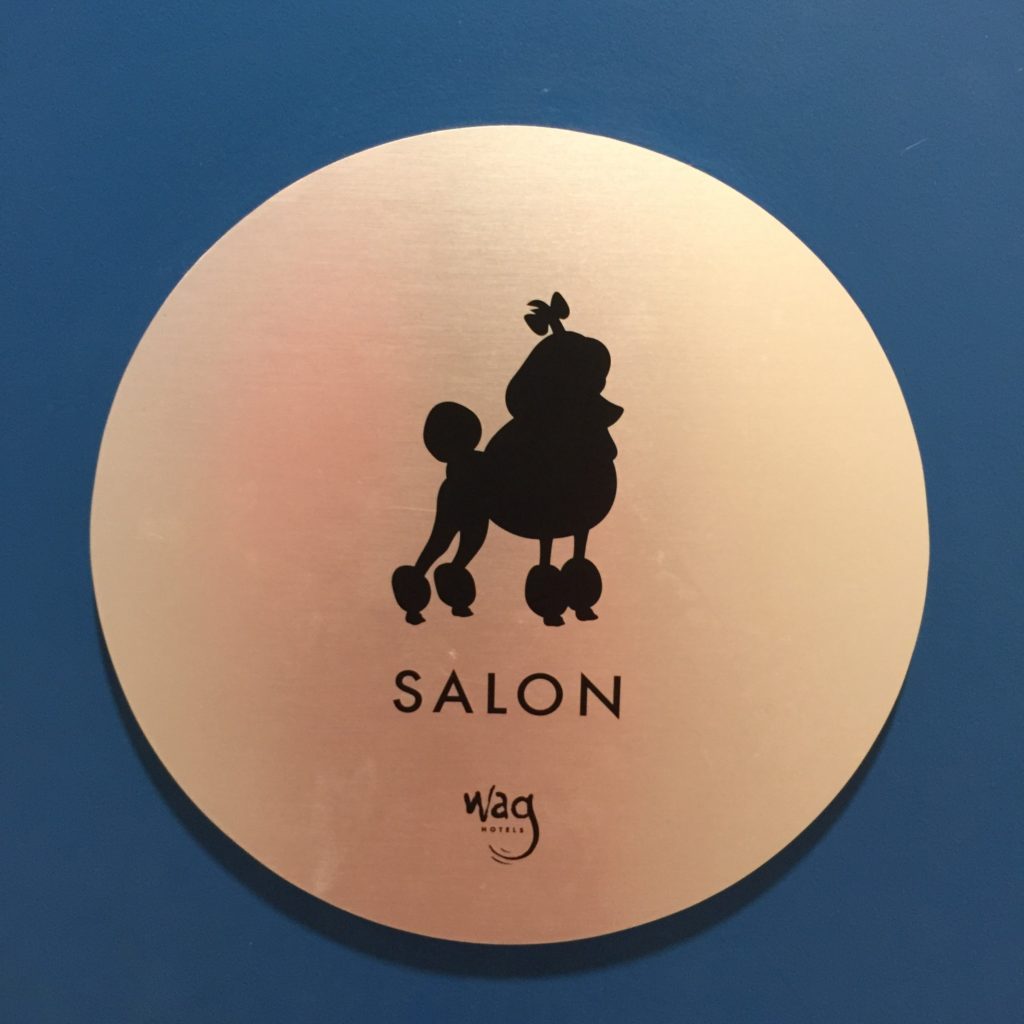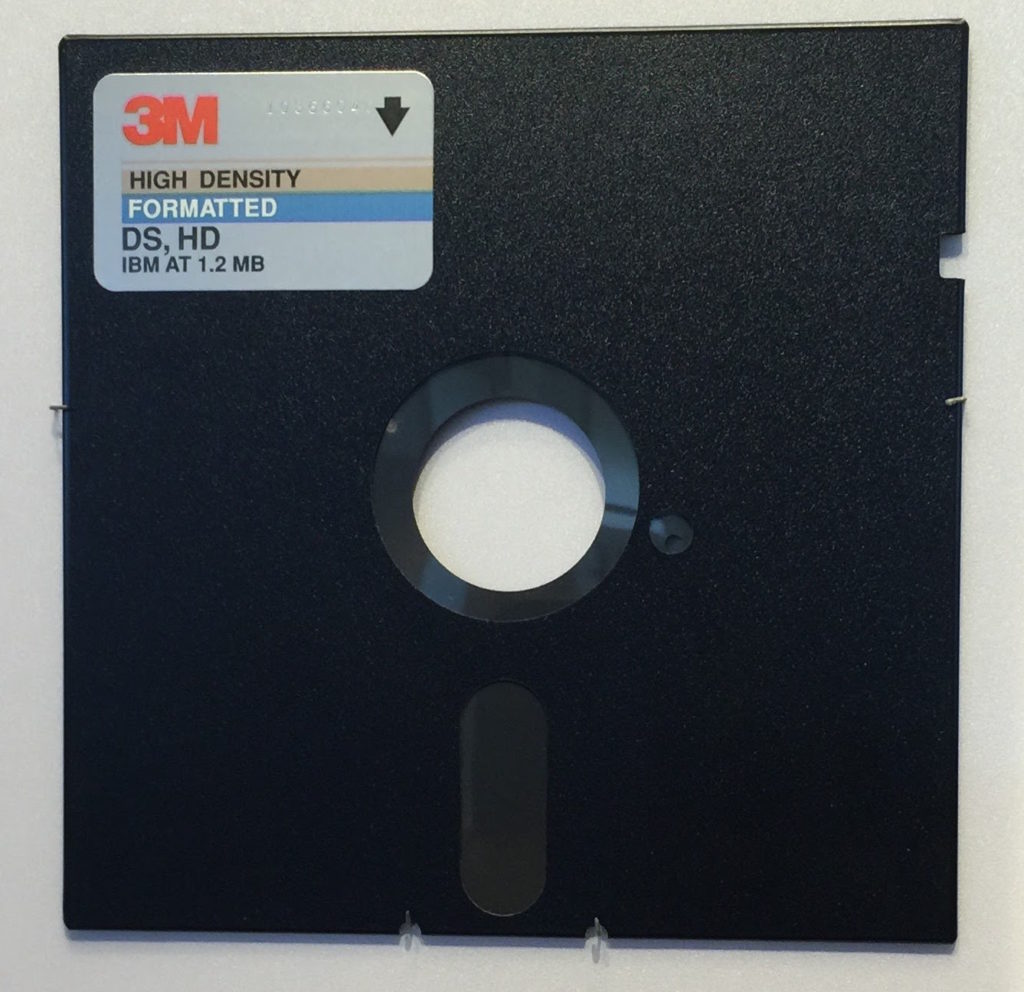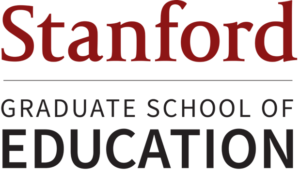Professor: Karin Forssell
Course Description:
“How can we use technology to improve learning? Many hope that technology will make learning easier, faster, or accessible to more learners. This course explores a variety of tools designed for learning, the theories behind them, and the research that tests their effectiveness.”
First class notes:
Followup on notes:
TPACK – Technological Pedagogical Content Knowledge (TPACK) is a framework to understand and describe the kinds of knowledge needed by a teacher for effective pedagogical practice in a technology enhanced learning environment. TPACK consists of 7 different knowledge areas: (i) Content Knowledge (CK), (ii) Pedagogical Knowledge (PK), (iii) Technology Knowledge (TK), (iv) Pedagogical Content Knowledge (PCK), (v) Technological Content Knowledge (TCK), (vi) Technological Pedagogical Knowledge (TPK), and (vii) Technological Pedagogical Content Knowledge (TPCK). All of these knowledge areas are considered within a particular contextual framework.
Ed Surge – news about EdTech
First assignment: Introduce Yourself and then include 2 interesting things about yourself and 1 lie…. here’s mine:
Hello everyone,
I come from São Paulo, Brazil but have studied all my life in American and British schools… lived for a year in Italy when I was 11-12 yrs old when my father, crazy architect, went for a sabbatical year there to study his spherical apartments urbanist project and to get to know our roots better.
I then decided to go for an Industrial Engineering degree at Rensselaer (Troy, NY) instead of Cinematography… I always loved the integration of Arts and Technology. While in college, the “www” version of the internet came out and I loved it – started to learn HTML and a bit of Unix – just enough to get by and set up my own web sites.
After I graduated I started working for a software company where I got my first taste of designing interfaces and thinking about how to make it easier and less error prone interfaces.
I then went back to Brazil and started working at a content portal being responsible for implementing their WAP offering. It was the start of my career with mobile devices. I then went on to work for a cell phone carrier, and then a mobile content integrator.
Tired of the unsustainable business model in place, I went to NYU to get a Masters called Interactive Telecommunications Program – a 2 year exploration of art with technology – hardware, software and design.
Inspired by it, I went back to Brasil again and started a small school and mobile development shop called “Interactive Arts Institute (Links to an external site.)” which in short comes out to be “iai”. Put a question mark (iai?) and in Portuguese it can be read as a generic question such as “and then?” – so the tag line is “iai? how does it work”. We focused on teaching mobile app development, app design and programming for children. The dev shop has been closed down since I moved here – high stress, high costs, high maintenance.
SO – enough about me – this course is probably the best synthesis of why I am here at LDT:
My biggest problem at iai? was to get the teacher to produce the course material – and when I did, the outcome was terrible. So I want to focus on creating tools that aid teachers in the content creation process, coaching them along the way as well as providing easier tools to edit videos, sync them with notes, slides and other media.
Two truths and a lie – wish they were all true 🙂
1. I’ve crossed the Atlantic Ocean twice on a sailboat
2. I rode a motorcycle from NYC to São Paulo
3. I flew a fighter jet in Russia”
We also had to read the National Education Technology Plan and “Post one paragraph here in this discussion about what idea in the plan you see as the most critical need that technology can help meet, and why that is important to do”
Here’s mine (with a bonus of a reply from Sherry)
Content is key to education; without it, nothing happens. To create it, teachers need better and easier tools. To do it well, better knowledge on how. Technology is both the instrument to learn and the tool to work with.
It has a fundamental role in meeting the need for having a “teaching force skilled on online instruction”. It is essential for content acquisition, content creation, and content publication. It is the mechanism to massively increase digital literacy, improve professional development, and reduce the technology understanding gap that seems to exist today.
The largest possible number of teachers have to be exposed to the latest strategies, methodologies and theories that are working best and be able to implement them on their own microcosm with ease. They will use technology to learn how to teach with technology. Convincing arguments and hard evidence will have to be shown to get their acceptance and engagement in the adaptation and evolution of their teaching methodologies and student interactions.
Technology has to be seen by them as a solution and not an obstacle or extra bureaucracy.
Without them, the plan fails.
Just to play devil’s advocate a little bit – with access to content comes the other edge of the sword, which is too much content. I think we’re having that problem right now. There’s a lot of content out there teachers can use, but it’s hard to know what is the best one or even the right one for a particular audience. So, question for you: do you think there needs to be some kind of standardization of content, in such a way that a teacher knows to use XYZ video for a particular class instead of spending hours finding the right one?
Finally – my notes on the NETP

